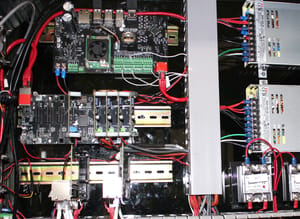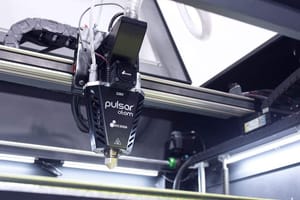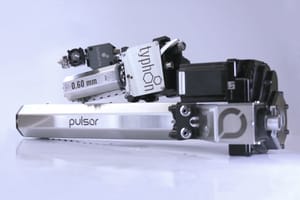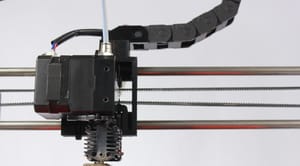2019-10-17
A lot of questions were asked in our Cube Pro conversion blog series. We decided to go into more detail about the steps of wiring and finalizing the printer in this new blog part.
Si vous rencontrez des problèmes techniques avec l’un de vos produits Dyze Design et que vous ne trouvez pas ce que vous recherchez dans notre section Installation et guides, ouvrez un ticket et notre équipe d’assistance vous aidera.
 Filament Innovations Aligns with Dyze Design to Revolutionize Additive Manufacturing in the O&P Industry
Filament Innovations Aligns with Dyze Design to Revolutionize Additive Manufacturing in the O&P Industry Flow-To-RPM Factor: Optimize Your 3D Printing with Pellet Extruders
Flow-To-RPM Factor: Optimize Your 3D Printing with Pellet Extruders What is the best Dyze extruder and hotend for your application?
What is the best Dyze extruder and hotend for your application? Webinar – Increase Your Profitability With High-Flow Material Extrusion 3D Printing
Webinar – Increase Your Profitability With High-Flow Material Extrusion 3D Printing The Adverse Effects of PTFE Restrictions
The Adverse Effects of PTFE Restrictions